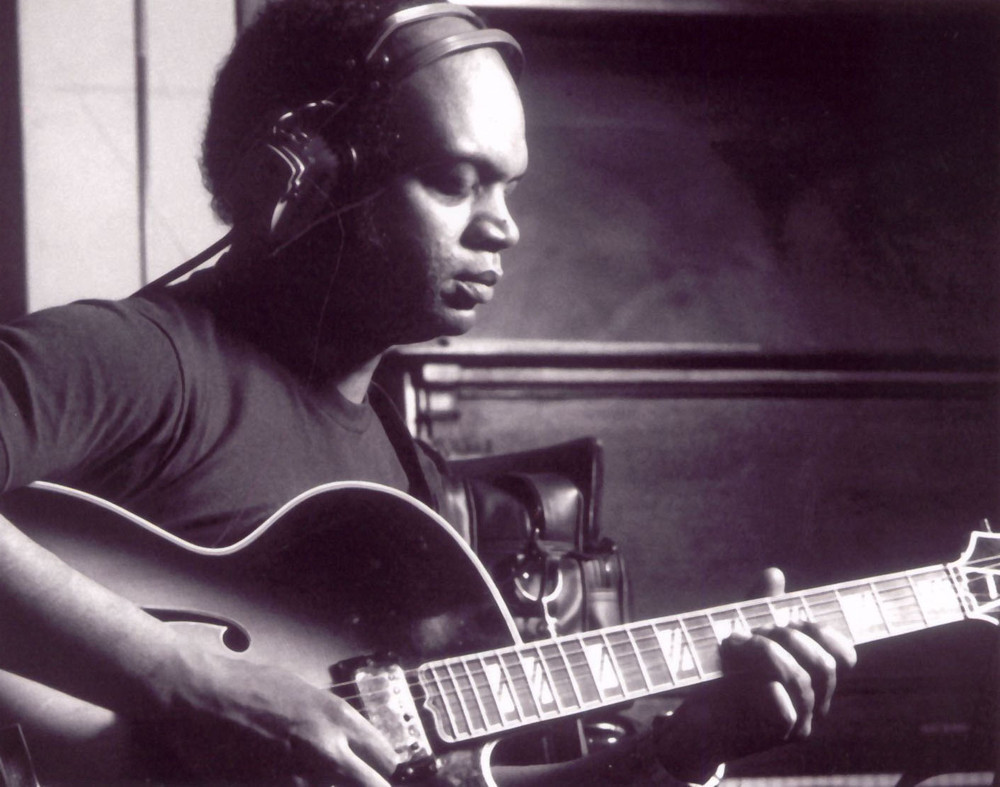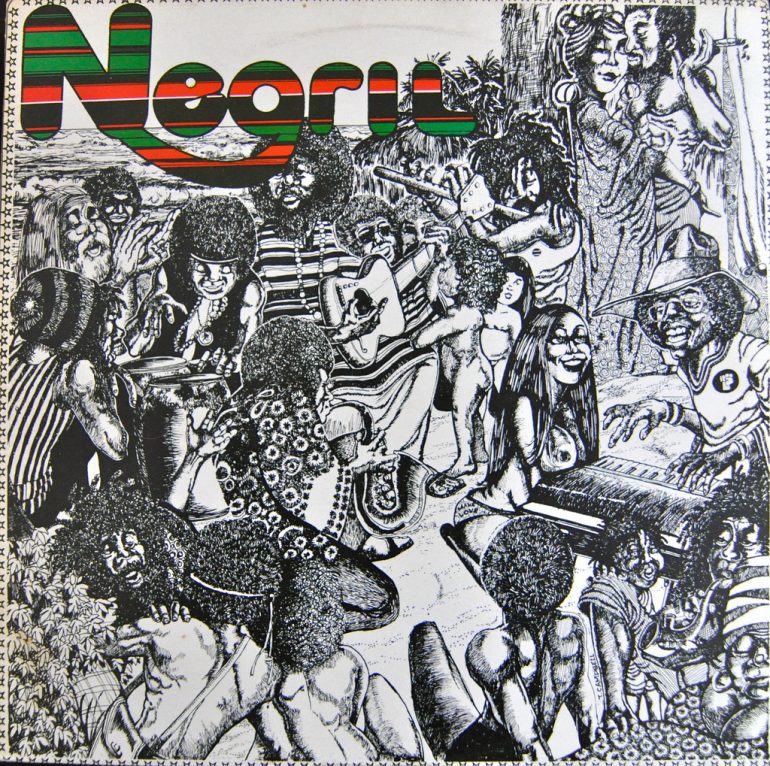It was whilst in Jamaica in 1972 that renowned American jazz guitarist Eric Gale decided to delve into the nation’s musical landscape, consciously straying away from his jazz background to explore reggae sounds. The resultant album took its name from the place that had inspired it: the beachside town of Negril, which at the time, despite its impoverishment, was rich in natural beauty, its idyllic seaside resort still largely untouched by the tourist industry. Gale then ventured to urban Kingston for the recording sessions at the legendary Harry J. Studios where he enlisted some of Jamaica’s finest musicians to help him realise his vision.

Due to its limited initial release in 1975 to a domestic-only audience and the passing of the majority of its artists, there has been some ambiguity as to precisely whom the compositions should be accredited. It is slightly unclear to what extent this was a Eric Gale & Peter Tosh collaborative record or a Gale solo album. However, it’s nevertheless widely acknowledged that Gale lead the direction, orchestrating domestic reggae heavyweights, including Aston Barrett and Cedric Brooks, into his jazz-hybrid sound.
Barren of brass and with a sparing use of woodwind and vocals, this record is a guitar focused exploration of jazz in a roots infused environment, the character and prowess of Gale and Tosh’s guitars complementing each other in their interchange of rhythmic and melodic responsibilities for each piece.
On multiple instances within the record, a range of percussion is used during introductions as a tool to set the scene of the piece and build an atmosphere before tactically finding its place as an integral part of the rhythmic groove, without ever becoming disruptive or unwarranted.
The inspiration of their seaside surroundings is apparent in song titles such as ‘Lighthouse’, ‘Negril Sea Sunset’ and ‘Honey Coral Rock’ and also sonically in the peaceful character of the first side of the record, evoking the natural tranquillity and picturesque landscape of the environment.
‘I Shot The Sheriff’, the most recognised tune on the album, is adapted into the signature Negril style by maintaining its roots rhythmic undercarriage to form a platform for an extensive exploration of guitar, projecting counter melodies around the shrewdly executed lead line. Notably, it is the only track on the record with vocals, yet they sit in the background of the arrangement as a backing to its colourful guitar showcase which carries the famous hook.
The title track ventures further away from the straight jazz-reggae fusion with a calypso groove which features flute and saxophone before culminating in an experimental, free-jazz ending of intricate chaos. ’Red Ground Funk’ sees a complete abandonment of reggae, with Gale exhibiting a pop funk groove in the record’s most upbeat number.
Creating what proved to be a significant, if not widely popular, feature of Gale’s catalogue of work, Negril sits alongside Below The Bassline by Ernest Ranglin as a distinguished exploration into jazz guitar within reggae subgenres. Whilst its 1997 re-issue revived some awareness of the record, Negril remains relatively unrecognised by the mainstream despite being an absolute essential listen for connoisseurs of instrumental reggae and Jamaican jazz. Listen to the full album here.
Julian Ball Rodriguez

